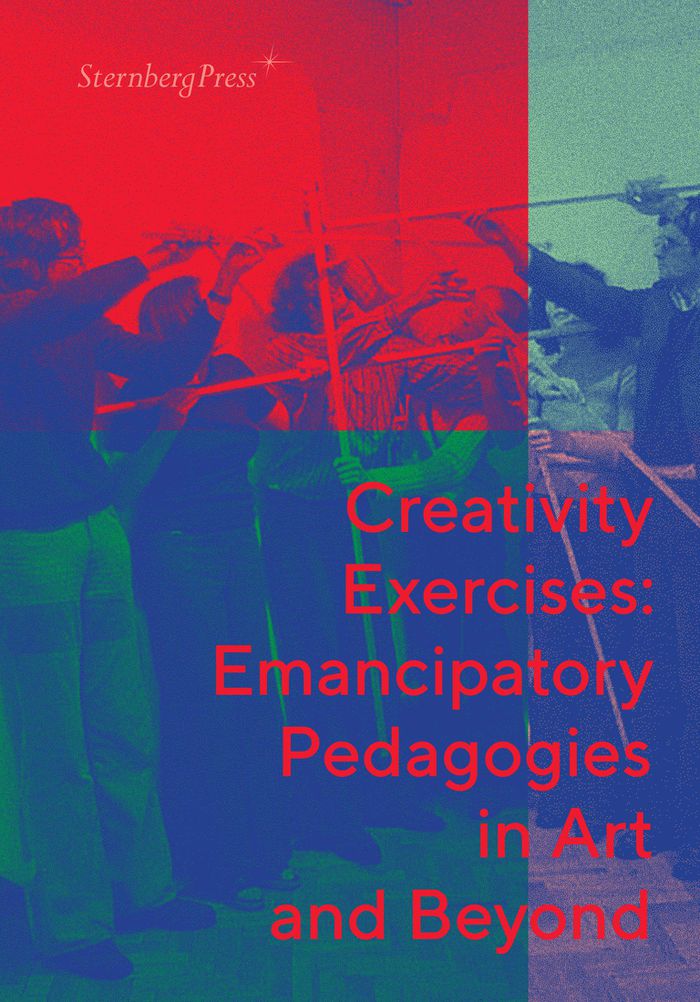$53.95
(disponible sur commande)
Résumé:
Dóra Maurer (born 1937, lives in Budapest) is considered a prominent figure on the Hungarian neo-avant-garde scene. She is one of the artists who have been taking progressive paths outside of Hungary’ s official state cultural policies since the 1960s. Her work in the mediums of print making, photographs, film, performance art, and painting features a conceptual(...)
octobre 2023
Dóra Maurer: See like this and see differently
Actions:
Prix:
$53.95
(disponible sur commande)
Résumé:
Dóra Maurer (born 1937, lives in Budapest) is considered a prominent figure on the Hungarian neo-avant-garde scene. She is one of the artists who have been taking progressive paths outside of Hungary’ s official state cultural policies since the 1960s. Her work in the mediums of print making, photographs, film, performance art, and painting features a conceptual approach. Major aspects are perception, movement, displacement, and transformation. In the early years of West-Germany, abstract art was introduced as a political new beginning in that it represented the so-called open society. Accordingly, numerous collections in German museums are oriented toward this, including the one at the Kunsthalle Bielefeld, whose building was designed by the US-American architect Philip Johnson. While abstract art in the West was considered " free of ideologies " and instrumentalized as such, abstraction in countries such as Hungary, which was part of the Eastern bloc at the time, certainly had an “ oppositional” connotation. Due to both the non-representational nature of her works as well as her contacts and travels in the West prior to 1989 (permitted thanks to her Hungarian-Austrian dual citizenship), Maurer occupies a special position within the Hungarian art world, which in those days was mainly dominated by Socialist Realism. In her experiments in photography and film in the 1970s, as well as in her abstract, geometric works based on a process of displacement, there are obvious parallels to Western European and US-American post-war art. In fact, however, her oeuvre is inconceivable without her experience of life under the official Hungarian system during the socialist period.
$42.00
(disponible sur commande)
Résumé:
This book contextualizes the Creativity Exercises–an amateur art course led by neo-avant-garde artists Miklós Erdély and Dóra Maurer in Budapest from 1975 to 1977– within the postwar intellectual networks that connected artists, architects, educators, sociologists, and other socially engaged professionals, fostering the exchange of ideas and concepts and making(...)
Creativity exercises: emancipatory pedagogies in art and beyond
Actions:
Prix:
$42.00
(disponible sur commande)
Résumé:
This book contextualizes the Creativity Exercises–an amateur art course led by neo-avant-garde artists Miklós Erdély and Dóra Maurer in Budapest from 1975 to 1977– within the postwar intellectual networks that connected artists, architects, educators, sociologists, and other socially engaged professionals, fostering the exchange of ideas and concepts and making connections between different fields of knowledge. The first part of the publication consists of historical texts translated into English for the first time, including the exercise descriptions that functioned as the curriculum for the Creativity Exercises, studies written on the methods employed in the Creativity Exercises course, and parallel models for progressive pedagogies and art education. In the second part of the book, newly commissioned essays offer historical and transnational context for the ''case study'' of the Creativity Exercises course. The impact that such ''creativity exercises'' had on aesthetic, educational and institutional concepts, and the impulses for participation, co-creation, knowledge production and exchange that they continue to give–even beyond the realm of art– are the central themes of the book.
Théorie de l’art

